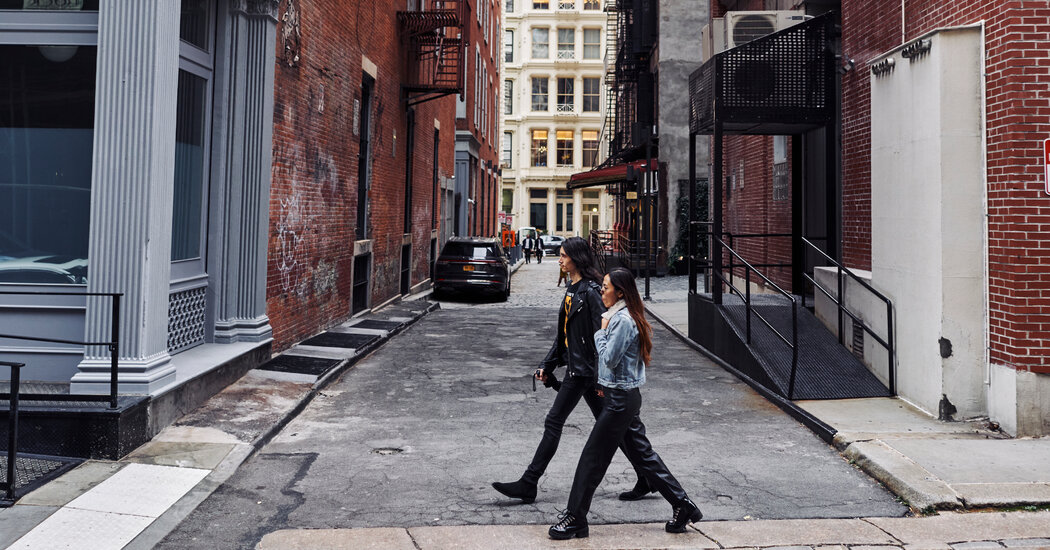
Yawnghwe was born there in 1971. By that time his family had already left the country to escape the first of what would be a succession of military coups. The most recent took place in February 2021, and much of the show seems to be a response to that event in the form of diptych paintings that juxtapose panels of narrative scenes with others of abstract patterning.
The narratives are drawn from news photos, which record a history that is complex, even contradictory. In one painting, we see an image of the Burmese-born Louisa Benson, Myanmar’s first Miss Universe contestant, posing in a bathing suit. In a second, from the 1960s, she appears as a rifle-toting rebel. The politician, Aung San, sometimes referred to as the father of modern Burma, also appears in two mages. In one, dated 1941, he’s receiving military training from the Japanese Army, though in World War II he aligned himself with Britain — which claimed Burma as a colony — to defeat Japan. A photo image in another painting shows Aung San in 1947 in London to negotiate Burma’s independence, which he achieved but with compromises that alienated several of the country’s ethnic and religious minorities, resulting in conflicts that are very much alive today.
In short, history as Yawnghwe depicts it, is indirect, opaque and unsettling. And in this context, the panels of abstract patterning — based on traditional Burmese fabric designs — function as balancing, steadying elements. As to the exhibition title, “Cappuccino in Exile,” that’s directed at us in the West, who tend to react to life-or-death conflicts in distant lands, when we react at all, with the emotional equivalent of a mild espresso buzz. HOLLAND COTTER
Through Oct. 30, 58 White Street; 212-967-8040, janelombardgallery.com.
Ruby Sky Stiler at Nicelle Beauchene Gallery, 7 Franklin Place
In the ultra-stylized portraits of this Brooklyn-based painter, flesh resolves into Euclidean shapes and decorative patterning: eyes and breasts appear as little half-moons, foreheads and shoulders as perfect semicircles of pink and powder blue. They may seem easily digestible at first, but come closer. These paintings are actually wall reliefs: The models’ wavy hair consists of incised resin blocks, and the backgrounds are tessellated tiles overlaid with pasted paper. Stiler knows her art history, and steeps these portraits in an omnivorous collection of ornamental motifs: Roman friezes, Victorian wallpaper, Matisse’s stripes and squiggles, the ceramic tiles of Gio Ponti or Roberto Burle Marx. But in two self-portraits, featuring the artist cradling an old-time painter’s palette, you also sense a sourer side. Those millennial pinks, those curves, those Insta-ready backgrounds: It’s as if the annals of art history fed directly into the Wing. JASON FARAGO
Through Oct. 30, 7 Franklin Place; 212-375-8043; nicellebeauchene.com.



